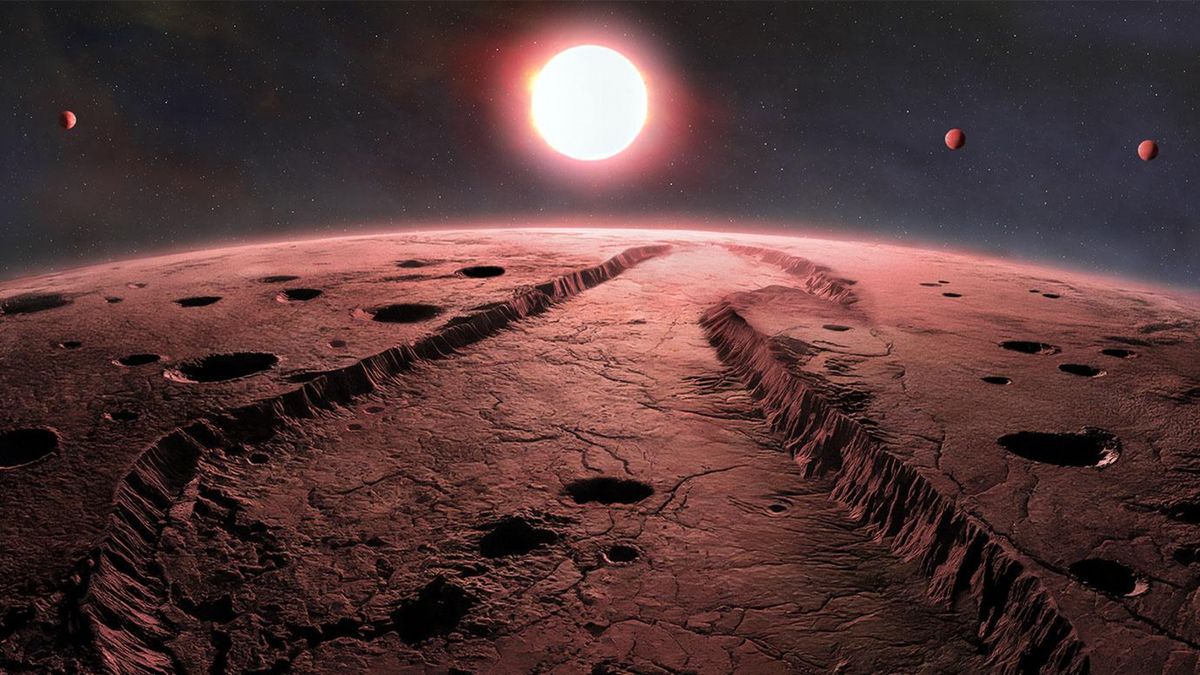Livescience
4w
53

Image Credit: Livescience
4 tiny, Earth-like planets found circling 2nd-closest star system to us — and could be visited by future human generations
- A new study has revealed four Earth-like planets orbiting Barnard's Star, making them potentially visitable by future generations using advanced rocket propulsion.
- These planets are rocky and close to their star, making them unlikely to support life due to their high temperatures.
- Initially, astronomers suspected a gas giant orbiting Barnard's Star due to its wobbling motion, but the study found four smaller rocky planets causing the gravitational pull instead.
- The planets are so close to Barnard's Star that they complete orbits in a matter of days, ruling out their habitability.
- Future advancements in rocket propulsion, like nuclear fusion engines or light sails, could enable humans to reach and colonize these planets in the future.
- The discovery was made using the MAROON-X instrument on the Gemini North telescope and confirmed by data from ESPRESSO on the Very Large Telescope.
- The findings challenge previous assumptions and indicate the potential abundance of small rocky planets around red dwarfs like Barnard's Star.
- Despite being uninhabitable, the discovery of these nearby worlds marks a significant step in our understanding of planetary systems in our cosmic neighborhood.
- The researchers expressed excitement about the discovery and the sense of eternal knowledge it brings to humanity.
- The study sheds light on the commonality of rocky planets around red dwarfs and the possibility of further exploration beyond our solar system.
Read Full Article
3 Likes
For uninterrupted reading, download the app